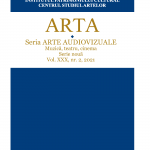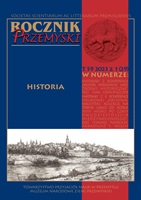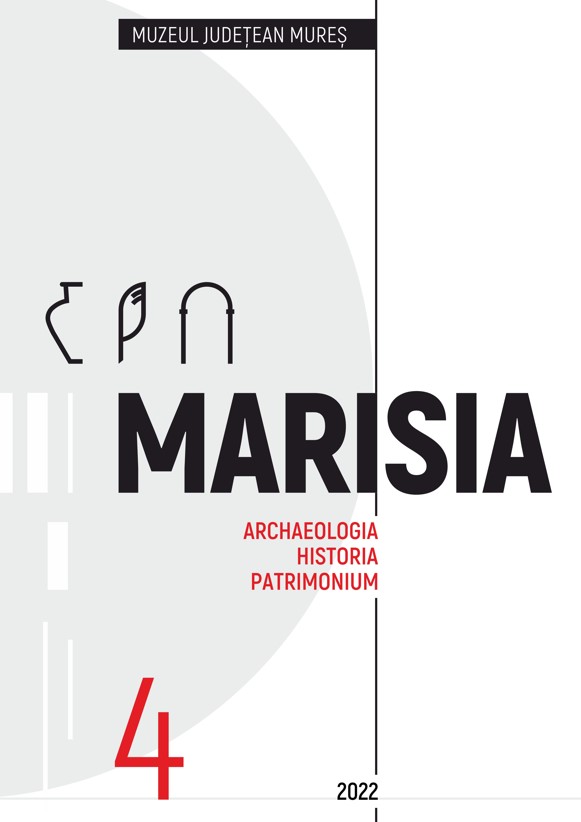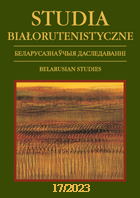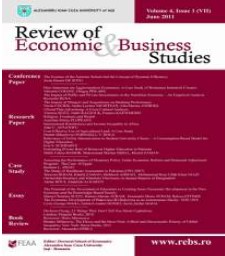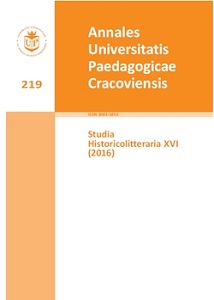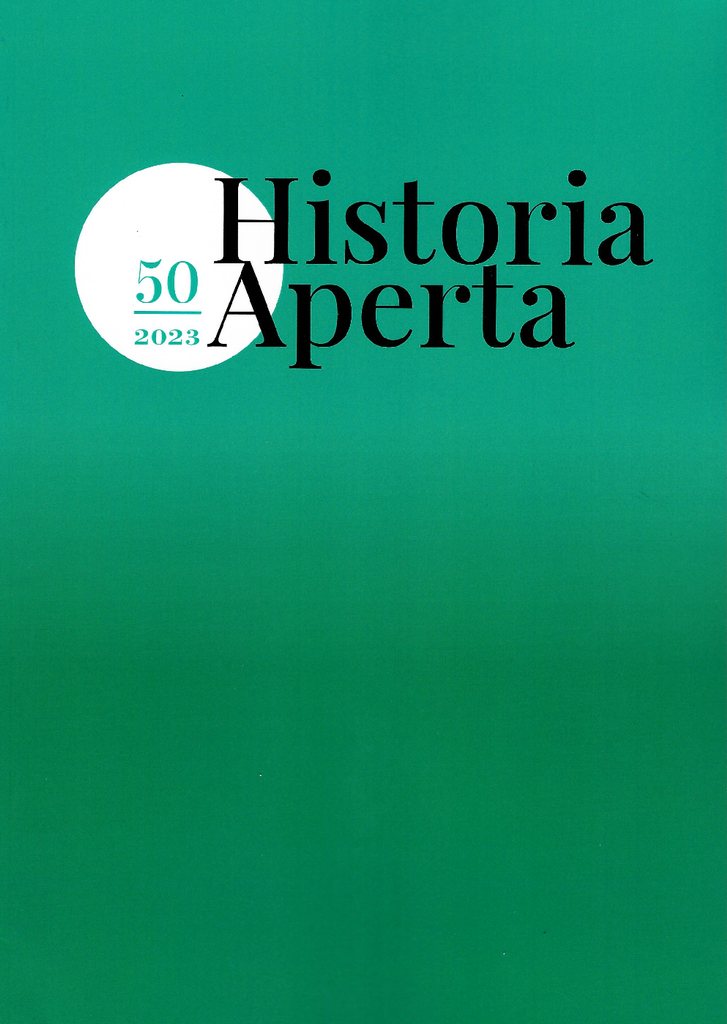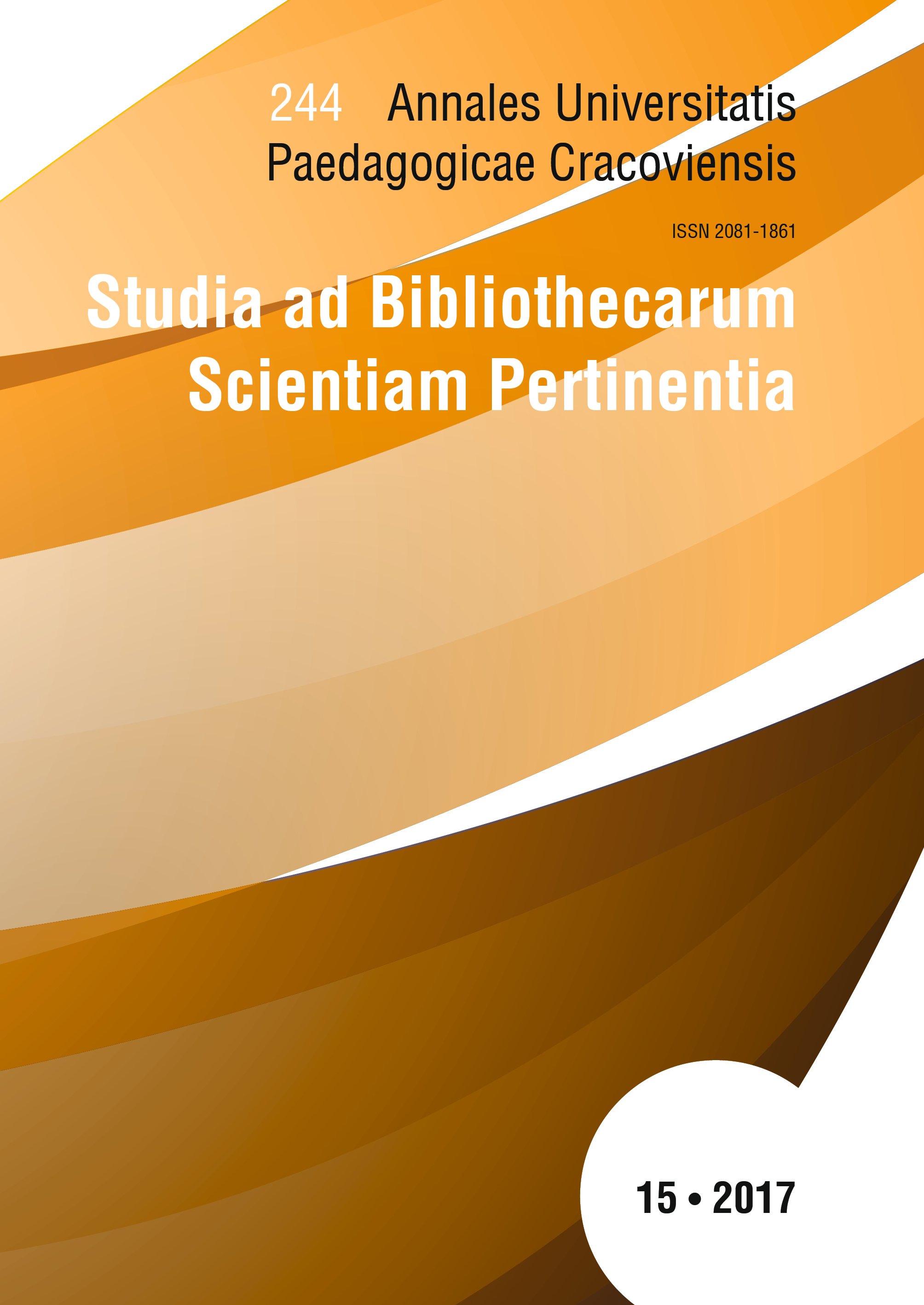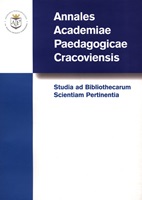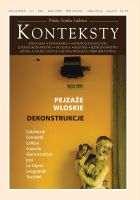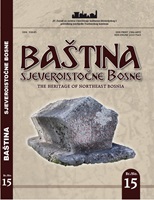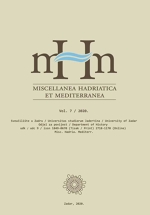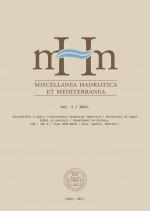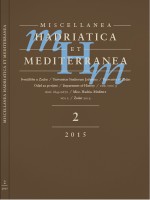Город Измаил в конце XVI – начале XIX вв.
The article summarizes the research of written, cartographic and epigraphic sources on the history of the city of Izmail and its fortification, which relate to the period from the end of the 16th to the beginning of the 19th centuries. The city of Izmail arose on the left bank of the Danube at a long-standing crossing called Ismail-hechidi, according to the decree of Sultan Ottoman Empire, Murad III. The decree (firman) provided for the transfer of these lands into the possession of the head of his harem, Khabeshi Mehmed-aga. This is probably why the founded city was originally called Mehmedabad (the city of Mehmed) - in honor of its founder. However, this name did not become popular in the future, since Mehmet-aga soon died. Probably, the name “Izmail” was associated with the original name of the crossing, which, in turn, was associated with the name of a certain “saint”, Ismail Baba, buried here. The remains of the turbe of this local revered man and the abode of dervishes (tekke) next to him remained in Izmail until the end of the XVIII century. In the very first years, a stone castle with a garrison of 36 people, a large hammam, a marina and shipyards, a stone khan, a stone dome mosque and other major buildings that became the basis of the infrastructure of the young city appeared in Izmail. Eventually in 1591, Izmail was transferred to the ownership of waqf, and his tax revenues began to go in favor of Islamic shrines in Mecca, Medina and Jerusalem. In the entire history of the city, it experienced at least six major construction periods associated with fortifications.
More...
